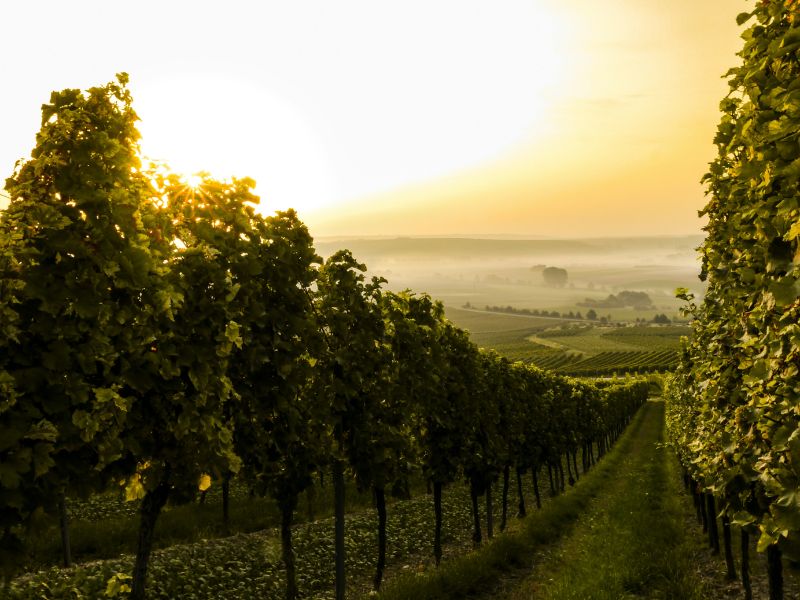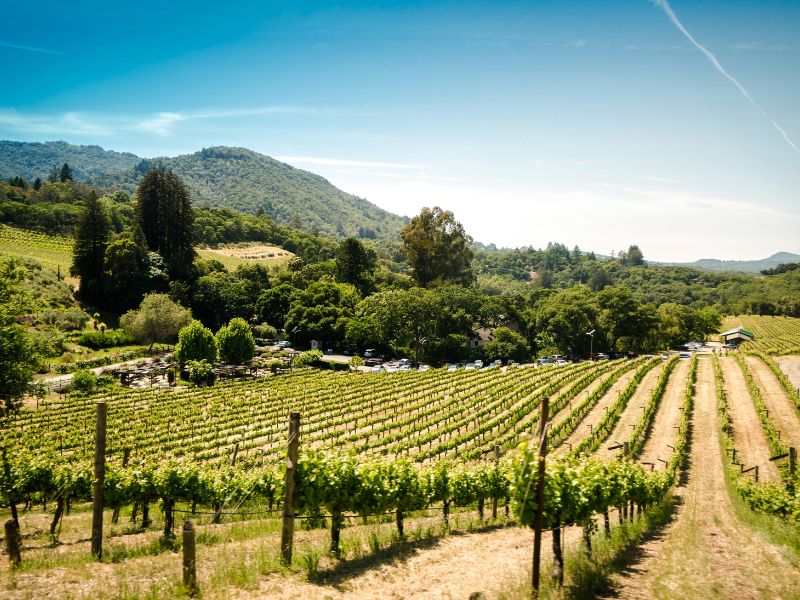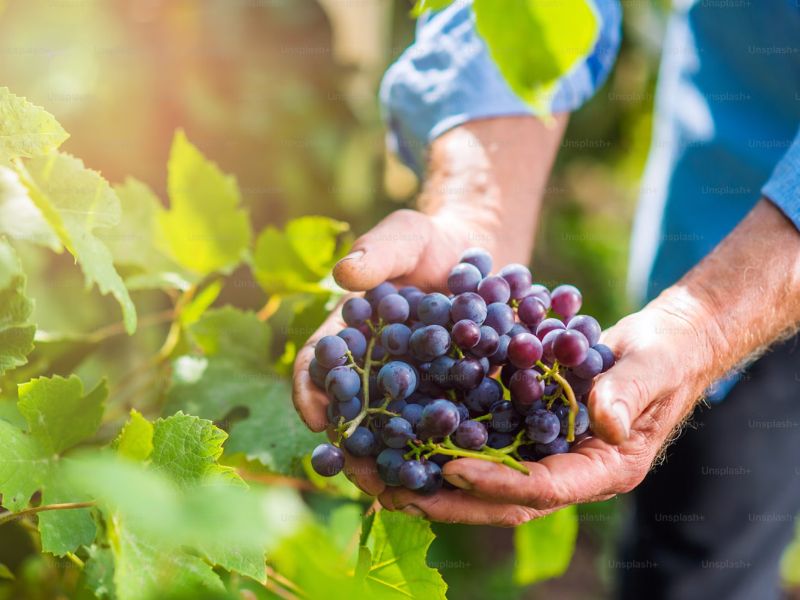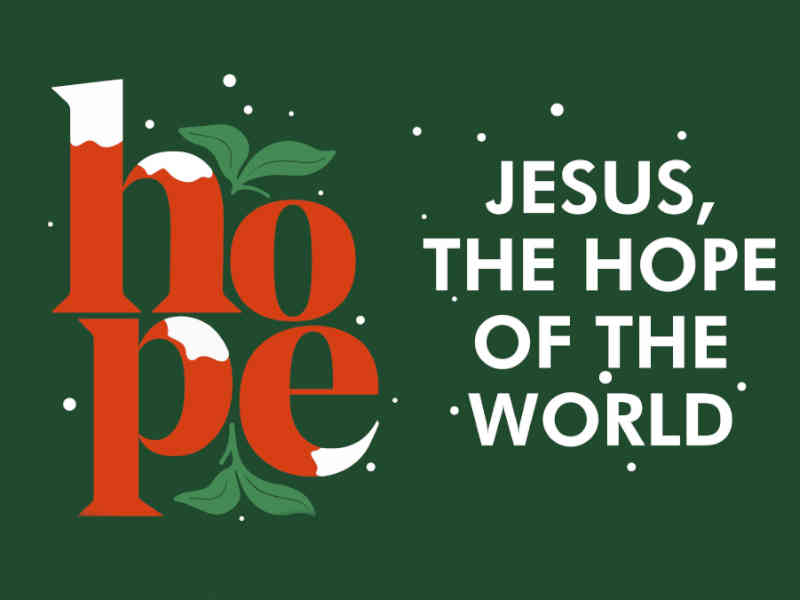This is the third parable we have looked at involving a vineyard. This reflects in part that grapes were a major crop in Judea. But the image of a vineyard was also an image of the Kingdom of God. The Old Testament pictured the nation of Israel as God's vineyard. This image would have been instantly recognised by the Jewish leaders to whom this parable, like the previous one, is addressed.
Click to watchAs we come to look at another very short parable that is unique to Matthew's Gospel we need to understand that context is all important. When and where did Jesus teach this parable? And most crucially of all - who was the audience it was intended for?
Only if we understand the context will we be able to truly understand what the parable meant then and what it means for us today.
Click to watchAs we come to look at another very short parable that is unique to Matthew's Gospel we need to understand that context is all important. When and where did Jesus teach this parable? And most crucially of all - who was the audience it was intended for?
Only if we understand the context will we be able to truly understand what the parable meant then and what it means for us today.
Click to watch“That's not fair!” is a cry we often hear and the truth is all of us have said it ourselves at some time. Most of us have a very developed sense of what we think is fair and what is unfair. Without a doubt that sense is activated when we hear our parable today - the Parable of the Workers In the Vineyard. Of course this parable is not about grapes - it is about grace. Here we learn a profound lesson about the nature of God's amazing and generous grace. However the disturbing truth is that upon hearing this parable many of us find ourselves more in sympathy with the grumbling workers who complain, “That's not fair!” rather than responding with humble awe and wonder to the amazing generosity of our God.
Click to watchWe come this morning to look at the last of Jesus' parables recorded in Matthew 13. We need first of all to remind ourselves that these parables are stories seeking to describe the Kingdom of Heaven. Some of them teach us about the nature of the Kingdom. While the two we looked at last week - the hidden treasure in the field and the pearl of great price were about the value of the Kingdom of Heaven.
Click to watchThese two very short parables are found among a series of other parables in Matthew 13. Each parable is designed to are all concerned with teaching us something about the kingdom of heaven. This was the main theme of Jesus’ teaching ministry. In the earlier parables in chapter 13 – the Parable of the Weeds, the Parable of the Mustard Seed and the Yeast we learn important things about the nature of the Kingdom of Heaven. Our parables today teach us about the value of the Kingdom of Heaven.
Click to watchLast week Charlie took us through the family tree of Jesus and we saw among other things that Jesus was of the line of King David as the prophets foretold.
Today we look at Matthew’s account of how the birth of Jesus Christ came about and in particular we see Matthew’s emphasis on who this baby was and how this also fulfilled Old Testament prophecies. We see too how the coming of this child is a message of hope for everyone.
The opening paragraph of the Gospel of Matthew, and of the entire New Testament, reveals some striking aspects of the messianic identity of Jesus.
He arrives in the fullness of time, the focus of God's redemptive plans set in motion since the days of Abraham. He is a King, a son of David. But he is a King like no other. His identity is shaped by royal glory and by the shadow of exile's defeat.







